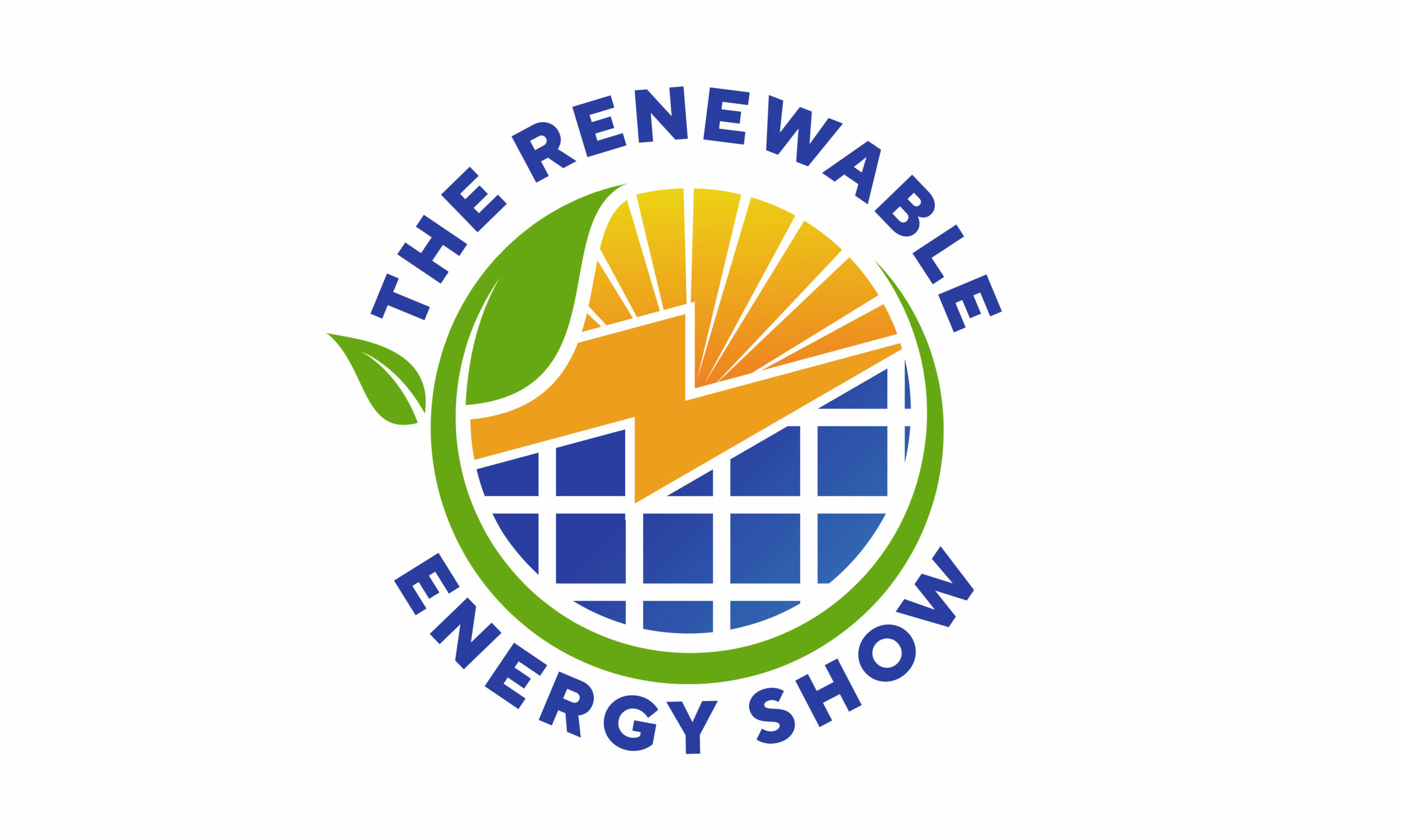For decades, we’ve been led to believe that government incentives are a lifeline for struggling businesses and individuals, a way for the government to prop up the economy with a helping hand. But what if I told you that this narrative is largely a myth? What if the truth is that government incentives often have the opposite effect, creating a culture of dependency and stifling innovation?
Let’s start with the basics. Government incentives come in many forms, from tax breaks and grants to subsidies and loans. They’re designed to encourage businesses to invest in certain areas, create jobs, and stimulate economic growth. Sounds great, right? But the reality is more complex.
Research has shown that government incentives often fail to achieve their intended goals. A study by the Mercatus Center at George Mason University found that for every dollar invested in tax incentives, only 15 cents of additional economic activity was generated. That’s a measly return on investment. And it gets worse: many businesses that receive incentives use them to offset losses or pay for existing projects, rather than investing in new initiatives.
But why do government incentives have such a poor track record? One reason is that they often create a culture of dependency. When businesses rely too heavily on handouts, they become complacent and less likely to innovate or take risks. They become accustomed to the steady stream of government support, rather than developing their own strengths and competitiveness.
Another problem is that incentives can distort the market, creating unintended consequences. For example, a tax credit for renewable energy might lead to a surge in development, but also encourage companies to prioritize short-term gains over long-term sustainability. Or, a subsidy for a particular industry might prop up a dying sector, preventing it from adapting to changing market conditions.
So, what’s the alternative? Some argue that the government should get out of the incentive business altogether, letting the market dictate winners and losers. But that’s not realistic. The government has a legitimate role to play in shaping the economy, and sometimes that means providing targeted support to specific industries or regions.
Instead, policymakers could focus on creating more effective, targeted incentives that actually drive innovation and growth. This might involve offering grants or loans to startups and small businesses, or investing in programs that promote entrepreneurship and workforce development. It could also mean reforming the tax code to encourage investment and innovation, rather than just giving handouts to favored industries.
In conclusion, the notion that government incentives are a panacea for economic woes is a myth. While they may have some benefits, they often create more problems than they solve. By acknowledging these flaws and working to create more effective, targeted incentives, policymakers can help businesses thrive and drive real economic growth. It’s time to rethink our assumptions about government incentives and focus on creating a more sustainable, innovative economy for all.
